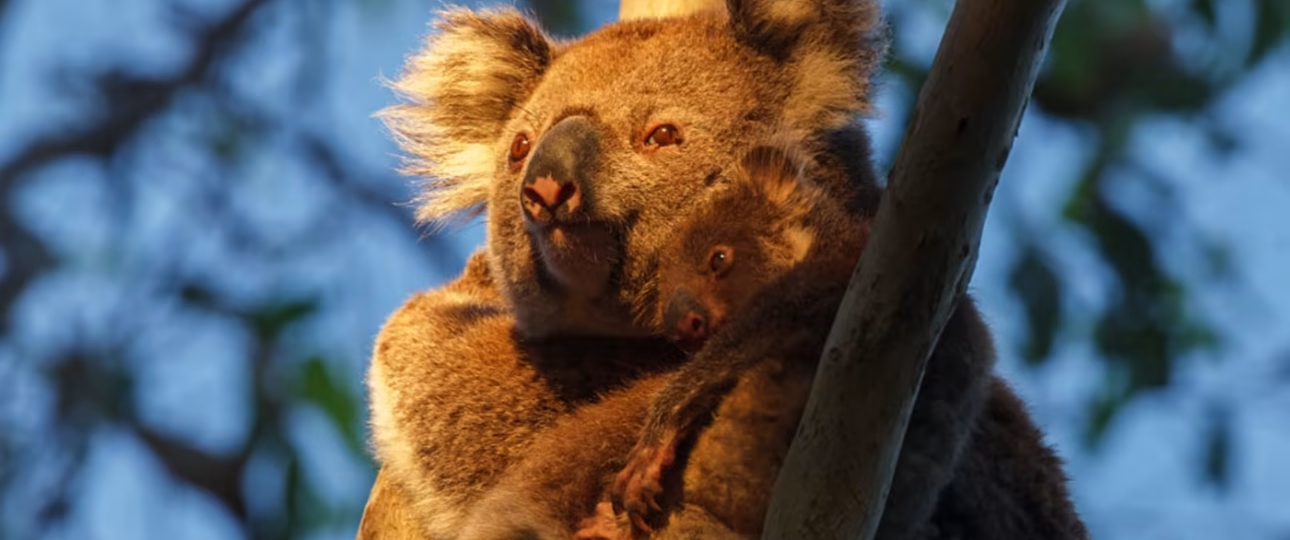memme.info – Australia is renowned for its unique and diverse wildlife, which includes a plethora of species found nowhere else on Earth. From the iconic kangaroo and koala to the lesser-known echidna and platypus, Australia’s fauna is a testament to the continent’s long isolation and distinct evolutionary pathways. However, this biodiversity is under threat from various factors, including habitat destruction, climate change, and invasive species. In response, conservation efforts have been ramped up to protect and preserve Australia’s wildlife for future generations.
The Unique Biodiversity of Australia
Australia’s biodiversity is a result of its ancient Gondwanan heritage and its subsequent isolation. This has led to the evolution of many endemic species, some of which are highly specialized and adapted to specific environmental niches. The country is home to a vast array of ecosystems, from the tropical rainforests of the Daintree to the arid deserts of the Outback, each supporting a unique assemblage of flora and fauna.
Marine Biodiversity
Australia’s marine biodiversity is equally impressive, with the Great Barrier Reef being a prime example. This vast coral reef system is a critical habitat for countless marine species, including the dugong, sea turtles, and a variety of fish and coral species.
Terrestrial Biodiversity
On land, Australia’s biodiversity is characterized by its marsupials, monotremes, and a wide range of bird, reptile, and amphibian species. The continent’s unique flora, including eucalyptus trees and acacias, supports these diverse ecosystems.
Threats to Australian Wildlife
Despite its rich biodiversity, Australia’s wildlife faces numerous threats. Habitat destruction due to urban development, agriculture, and mining is a significant concern, as it disrupts natural ecosystems and population dynamics. Climate change is another major threat, leading to shifts in species distributions, increased frequency of extreme weather events, and coral bleaching on the Great Barrier Reef.
Invasive species, such as cane toads and feral cats, also pose a significant risk to native wildlife, either through competition for resources or predation.
Conservation Efforts in Australia
In response to these threats, a range of conservation efforts have been implemented across Australia. These include:
Habitat Protection and Restoration
The establishment of national parks and wildlife reserves has been crucial in protecting critical habitats. Additionally, there are ongoing efforts to restore degraded ecosystems through reforestation and the removal of invasive species.
Species Conservation Programs
Several species-specific conservation programs are in place to protect endangered species. These programs often involve captive breeding, reintroduction to the wild, and the establishment of protected areas.
Legislation and Policy
Australia has enacted various laws and policies to protect its wildlife, such as the Environment Protection and Biodiversity Conservation Act 1999. These regulations aim to prevent the extinction of native species and the degradation of natural habitats.
Community and Indigenous Involvement
Community engagement and the involvement of Indigenous peoples are key components of successful conservation efforts. Traditional ecological knowledge, combined with scientific research, can lead to more effective management strategies.
Conclusion
The conservation of Australia’s wildlife is a complex and ongoing challenge. However, through a combination of scientific research, legislative action, and community involvement, significant progress is being made. As we move forward, it is crucial to continue these efforts and adapt to emerging threats to ensure the survival of Australia’s unique biodiversity for generations to come.




